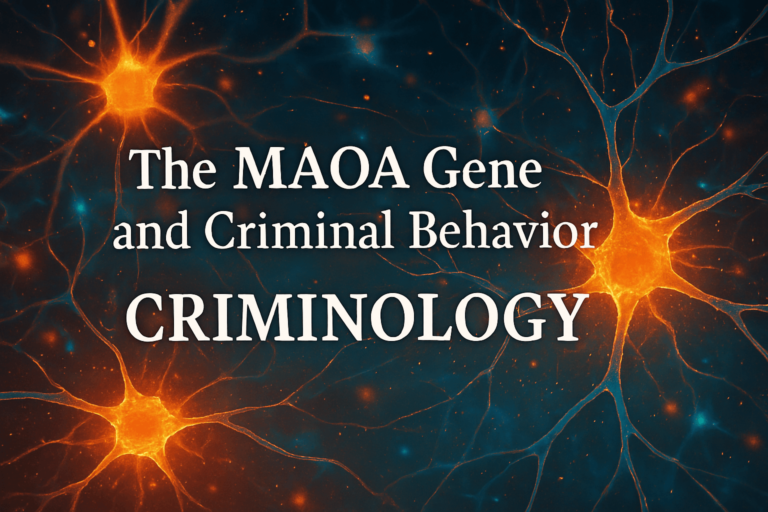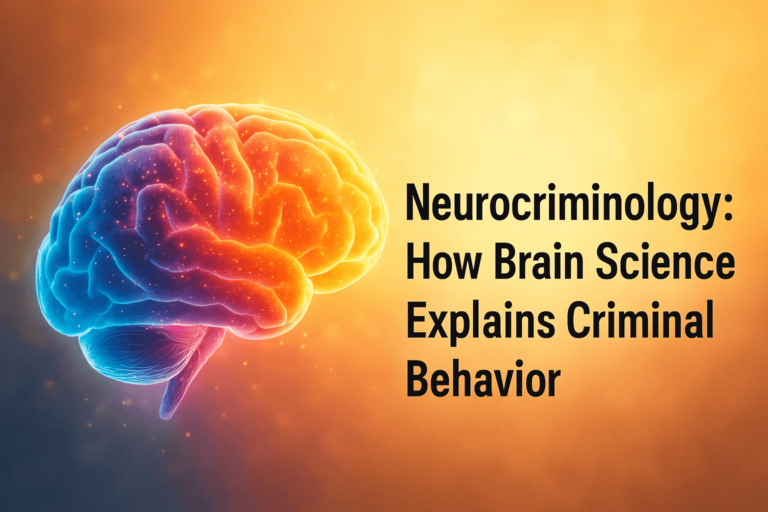The MAOA Gene and Criminal Behavior: CRIMINOLOGY
Introduction In recent years, the study of genetics has significantly advanced our understanding of human behavior, particularly concerning aggression and criminal tendencies. One of the most controversial discoveries in this field is the MAOA gene (Monoamine Oxidase A), often referred to as the “warrior gene.” This gene has been linked to aggression, impulsive behavior, and…


